Tag: artist development
Visibility sounds like the dream, right? You picture your art being seen, shared, maybe even sold. But in the real world, “being visible” is not as simple as getting likes on a post or landing a single feature. Visibility is layered, tricky, and often misunderstood. Many artists chase numbers, not realizing that not all visibility moves their career forward. Some exposure brings genuine growth, while other kinds just burn time and energy with little return. What visibility really means is alignment, not volume. It’s the difference between being seen by thousands…
Ever notice how two artists can have equally strong work, yet one portfolio instantly feels more compelling? That difference often comes down to order, the quiet science behind how you arrange your pieces. A strong portfolio isn’t just a pile of your best work; it’s a story told in the right rhythm. The way your pieces flow affects how curators, jurors, and collectors experience your art before they even read a single word about you. Think of your portfolio like a playlist. You wouldn’t open with your loudest song, follow it…
Some careers burn bright and fade fast, while others last decade after decade. Talent, luck, and connections matter, of course, but there’s something quieter that makes the difference: emotional strategy. Knowing how to navigate your feelings, protect your energy, and respond thoughtfully to challenges shapes not just your work, but your entire career. Emotions rarely get framed as professional tools, yet they affect every decision, every interaction, and every reputation you build over time. People who last in their fields notice patterns in their reactions, understand what drains them, and develop…
They say not every door is meant to be knocked on, and that’s especially true in the art world. The gallery system can look like a ladder, but it’s more like a network of rooms , each with its own energy, audience, and expectations. Knowing which one to step into at your current stage isn’t just strategy, it’s self-awareness. Many artists waste years chasing galleries that don’t align with where they are yet. They send portfolios to top-tier spaces that only work with established names, or they settle for venues that…
Themes in art are kind of like walking a tightrope over a pit of opinions. Tilt too much toward what everyone else expects, and suddenly your work doesn’t sound like you. Lean too far into your own thing, and people might scratch their heads, wondering what connects it all. That’s the daily juggling act every artist knows too well, how to follow a concept without letting it hijack your voice. It’s not just about looking good on a wall. Galleries, residencies, and even collectors all have invisible “expectations” baked into what…
They say the smartest artists don’t just apply, they study. And not in an academic sense, but in a deeply practical one. They look at who’s behind the decisions before they ever hit submit. That single habit can turn what feels like a guessing game into a strategy that actually works. Most artists treat applications like sealed envelopes , send, wait, hope. But if you’ve ever wondered why some artists seem to get shortlisted again and again, it’s rarely luck. They’re reading between the lines. They notice who’s on the jury,…
Most artists assume residencies are decided by the strength of their portfolio. And in a way, that’s true your work gets you through the first door. But once you’re inside, the conversation changes. Selection panels rarely debate whether someone can paint, sculpt, or conceptualize well. What they discuss instead are the subtler things that don’t always show up on a slide deck: clarity of thought, curiosity, adaptability, and whether your proposal feels grounded enough to actually come to life. Panels receive hundreds of strong applications, and by the time they sit…
You’ve got your portfolio already, but what if it could be better, sharper, more you? That’s where continuing education steps in. Courses and workshops aren’t just about learning new techniques; they’re the secret sauce that adds depth, clarity, and confidence to your work. Imagine walking into a class and hearing perspectives that push you, an instructor says, “What if you flip that color gradient?” or a peer asks, “Why did you choose that composition?” Those moments shift how you see your own art. From weekend intensives to semester-long studio courses, these…
Think about the last time you flipped through someone’s art portfolio online. Did you quickly scroll through the images and then move on? That’s exactly what happens to most portfolios today. A flat set of images is fine, but in a world where we’re constantly consuming video and dynamic media, static photos often fall short. They don’t capture the story, the energy, or the magic behind the work. If you’ve ever thought, “My art looks so much better in person,” you already know the frustration. Photographs can’t always show texture, scale,…
1. Your Portfolio is a Not a Scrapbook Let’s challenge a big idea: that your portfolio must tell your growth story. What if instead, your portfolio is about clarity, not chronology? In today’s saturated creative world, your audience isn’t looking for your origin story; they’re looking for a clear, bold window into your current identity as an artist. Growth is messy, non-linear, and often deeply personal , and that’s beautiful. But when someone’s browsing your portfolio, they have limited time. They’re seeking cohesion, not a diary. Your job isn’t to take…
